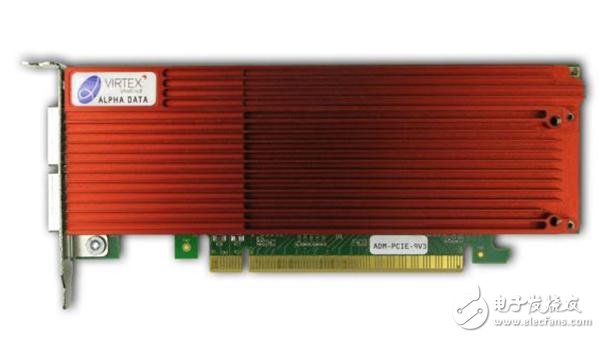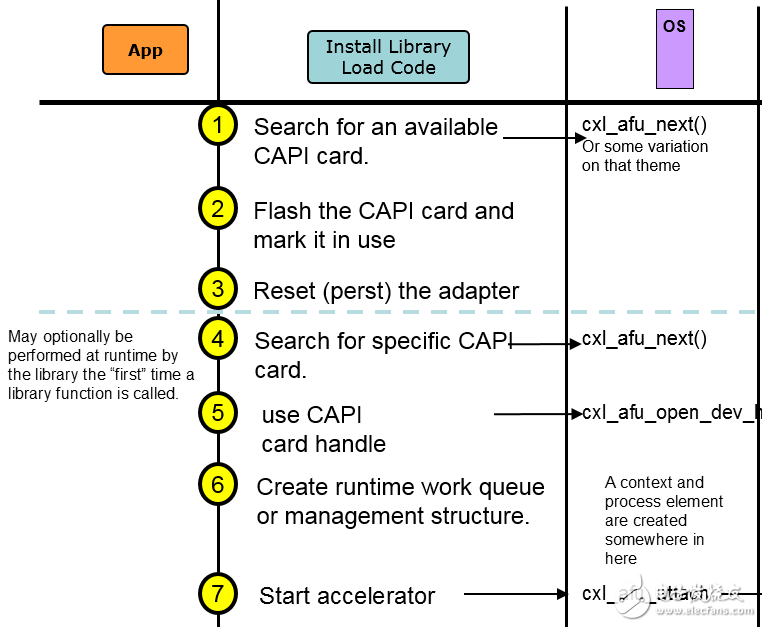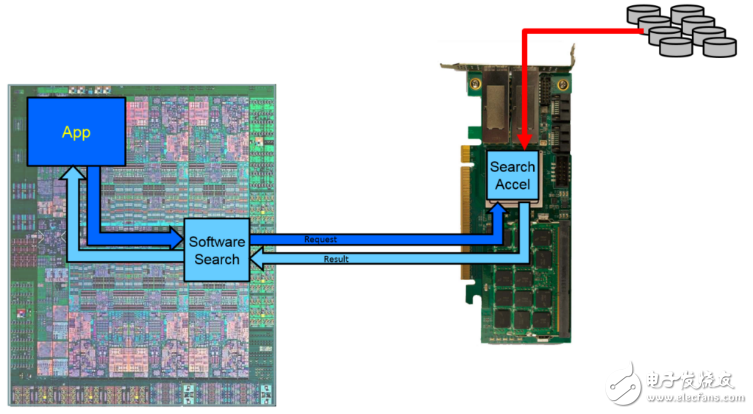At the previous OpenPOWER Europe Summit, we launched a new framework designed to make it easier for developers to adopt CAPI to accelerate their application development. The CAPI Storage, Networking, and Analytical Programming Framework, or CAPI SNAP for short, was developed through collaboration between multiple OpenPOWER member companies and is now being tested internally with a number of pre-application partners.
But what exactly is CAPI SNAP? In order to answer this question, I hope to give you an in-depth introduction to the operation of CAPI SNAP. The framework extends CAPI technology by simplifying the coding of APIs (calls to acceleration functions) and acceleration functions. With CAPI SNAP, FPGA acceleration can improve your application performance because computing resources are more closely related to massive amounts of data.

ISVs are particularly concerned with the programming support capabilities of this framework. The framework API can support application call acceleration. Innovative FPGA framework logic can implement all computational engineering interface logic, data movement, caching, and prefetching—enabling programmers to focus solely on the development of accelerator functions.
Without a framework, the application programmer must create a runtime acceleration library that performs the tasks shown in Figure 1.

But now with CAPI SNAP, the application only needs the calling function as shown in Figure 2. This compact API has source data (address/location), specific acceleration operations that can be performed, and the destination (address/location) of the resulting data.

Figure 2: Using CAPI SNAP Call Acceleration The framework is able to move data to the accelerator and store the results.
Zooming in on the distance between the calculation and the data
The simplicity of the API parameters combines outstanding and powerful features. The source and destination addresses are not just condensed system memory units, they are also attached storage, network or memory addresses. For example, if the frame card has additional storage, the application may obtain data for a large module (or multiple modules) through storage, perform operations such as searching, crossing, or merging data in the FPGA, and send the search results to the host system. The specified destination address of the memory. This approach has a greater performance advantage than the standard software approach shown in Figure 3.

Figure 3: Application search function in software (no acceleration framework)
Figure 4 shows the way source data flows into the accelerator through the QSFP+ port, where the FPGA performs the search function. The framework then forwards the search results to system memory.

Figure 4: Application with an accelerated framework search engine
The performance advantage of the framework has increased by a factor of two:
1. By zooming in on the distance between the computation and the data (in this case, the search), the FPGA can increase the bandwidth of the access memory.
2. FPGA's accelerated search is faster than software search.
The data in Table 1 compares the two methods, indicating a three-fold improvement in performance. By increasing the distance between the calculation and the data, the FPGA increases the input (or output) speed compared to moving the overall data to system memory.
POWER+CAPI SNAP framework
Only software
Enter 100GB of data
Two 100Gb/s ports: 4 seconds
One PCI-E Gen3&TImes; 8 NIC: 12.5 seconds
Perform a search
<1 microsecond
<100 microseconds
Send results to system memory
<400 nanoseconds
0
total time
4.0000014 seconds
12.50001 seconds
The programming programming API that simplifies accelerated operation is not only the only simplified feature of CAPI SNAP. The framework also simplifies the programming of "opcodes" in FPGAs. The framework is able to retrieve source data (whether in system memory, storage, network, etc.) and send the results to the specified target. Programmers who use high-level languages ​​(such as C/C++ or Go) only need to focus on their data transformation or "operations." A framework-compatible compiler converts high-level languages ​​into Verilog and then synthesizes them using Xilinx's Vivado toolset.
The open source version will include a variety of full-featured instance accelerators that provide users with the required starting point and full port declarations to receive source data and return target data.
High efficient charging speed for Toshiba laptop, stable current outlet can offer power for the laptop at the same time charge the laptop battery. The best choice for your replacement adapter. We can meet your specific requirement of the products, like label design. The plug type is US/UK/AU/EU. The material of this product is PC+ABS. All condition of our product is 100% brand new.
Our products built with input/output overvoltage protection, input/output overcurrent protection, over temperature protection, over power protection and short circuit protection. You can send more details of this product, so that we can offer best service to you!
Toshiba Adapter,Adapter For Toshiba,Power Supply For Toshiba,Laptop Charger For Toshiba
Shenzhen Waweis Technology Co., Ltd. , https://www.huaweishiadapter.com